As a bridesmaid, your duties begin the very day the question is popped, unless of course you played a vital role in the planning of the proposal too. Your main job is to be there for the bride through it all— helping her plan and execute the wedding of her dreams. With so much to do, it’s easy to forget about yourself, but no need to stress… We’ve got you covered with the 10 sartorial rules every bridesmaid should swear by to be the belle of the ball!

Image: Anita Dongre
Rule #1: Help your friend/sister plan her ensemble for every function from the engagement and sangeet to the pheras and reception. Make a checklist of all the different designers she likes, the kinds of colours and silhouettes she wants to try, and whether she has certain themes in mind for the different days. Visit stores with her accordingly and help her through the process of approving and discarding looks. Your wardrobe can become the focus once hers is in place!
Rule #2: Avoid making the grave error of donning the same colour as the bride. You don’t steal her spotlight. And while you may be mindful, there is always the possibility that another friend unknowingly makes this mistake. As a precaution, decide on a colour scheme for all the bridesmaids so there are no clashes. Share your ideas, but let the bride give her inputs too.
Rule #3: If the bride is ordering your bridesmaid outfits, try to be as co-operative as possible, even if you’re not jumping for joy about the chosen outfit. While it’s not a go-to practise for Indian weddings, the bride may simply tell you which colour or silhouette to wear.
Rule #4: If you’re getting your coordinated outfits custom-made, do it at least three months prior to the wedding, in case of any quality issues or alterations. Consider this as an opportunity to finally experiment with that offbeat lehenga silhouette you had in mind or that contemporary blouse you’d been eyeing for months! Even if you’re planning to buy pre-made garments, you need a few weeks to shop to avoid any last-minute glitches. In case the bride is getting something made for you, provide her with your measurements immediately.
Rule #5: Indian weddings are nothing if not extravagant. Everyone comes dressed in their swankiest best, so jump onto that bandwagon. A word of warning though: don’t go extremely OTT with jewellery and embellishments. For e.g. if you’re already wearing a polki necklace, earrings, and maang tikka set, don’t add on another layered neckpiece. Or if your blouse neckline is already crowded with sparkling embellishments, skip the necklace and focus on the earrings and nose-ring instead.

Image: Bridelan
Rule #6: Do NOT wear anything too grand or expensive during the haldi and mehndi ceremony, as your clothes could end up getting spoilt. Stick to a simple salwar-kurta or a maxi dress. Bring out the bling for the sangeet, but don’t opt for extremely heavy lehengas or anarkalis that weigh you down while dancing. For the main pheras, try a traditional yet contemporary outfit like a lehenga-sari. Again, look for an option that allows you to run around, because how else will you successfully steal the groom’s shoes? As for the reception and pre-wedding cocktail-dinner parties, fusion-wear like Indo-western gowns are a great idea.
Rule #7: Carry your own makeup to the wedding. While it is quite likely there will be a makeup artist dressing the bridesmaids, you don’t want to take a chance. Plus, it’s always safer to hand them your own brushes/applicators when getting your makeup done. For the longer functions, like the pheras, keep small, sample sizes of blotting sheets, concealer, hair spray, a small mirror, lipstick, and mascara handy for touch-ups.
Rule #8: Pack a contingency outfit to avoid any possible mishaps. If you’re flying to the destination, take this emergency outfit as hand luggage, just in case your entire checked-in luggage doesn’t arrive on time. Even if this outfit doesn’t end up being of much use to you, it can always help a friend who may need something to wear.
Rule #9: Plan your entire look well in advance for every single day. This will not only make it easier for you to pack, it will also free up all your time during the functions so you can run around and help with your bridesmaid’s duties without spending too much time getting ready. Write down the different pairings you’ve decided on, for instance, which maang-tikka and jhumkas are to be worn with the sangeet lehenga, or take pictures on your phone of each look so you can dress and dash without any trouble.
Rule #10: Carry a spare pair of flats for each function so you can dance freely. Foldable flats/mojris that fit into your bag are ideal. Keep extra safety pins handy to keep all the drapes in place, both for you and the bride. Bring eyelash glue along too — it can be used to secure your maang-tikka or make a choker necklace stay in place.

Image: Tarun Tahiliani
What are your go-to sartorial rules?


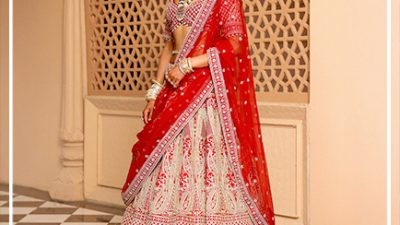
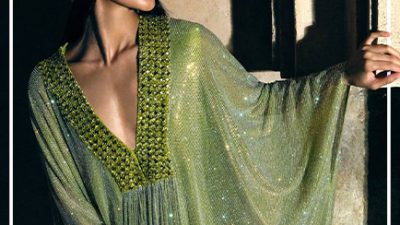
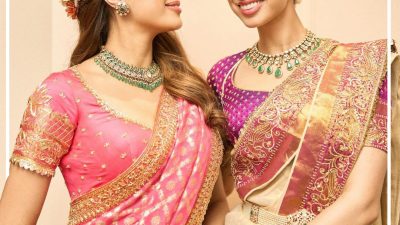
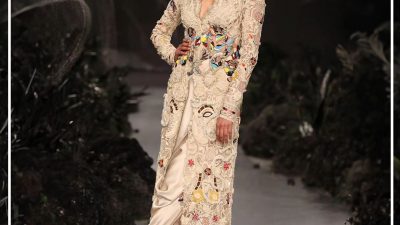

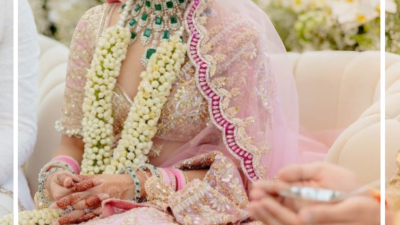

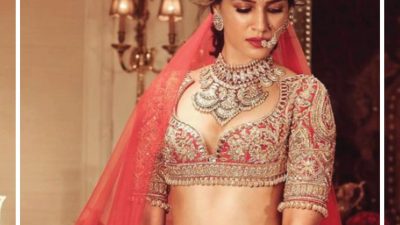
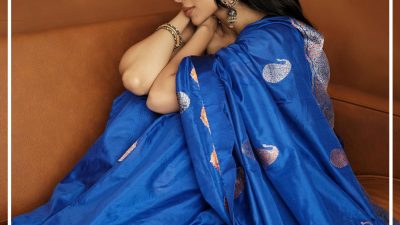

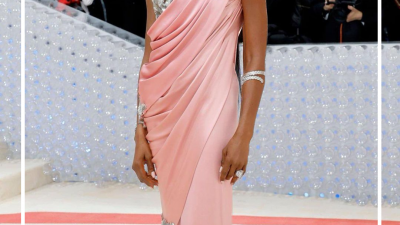
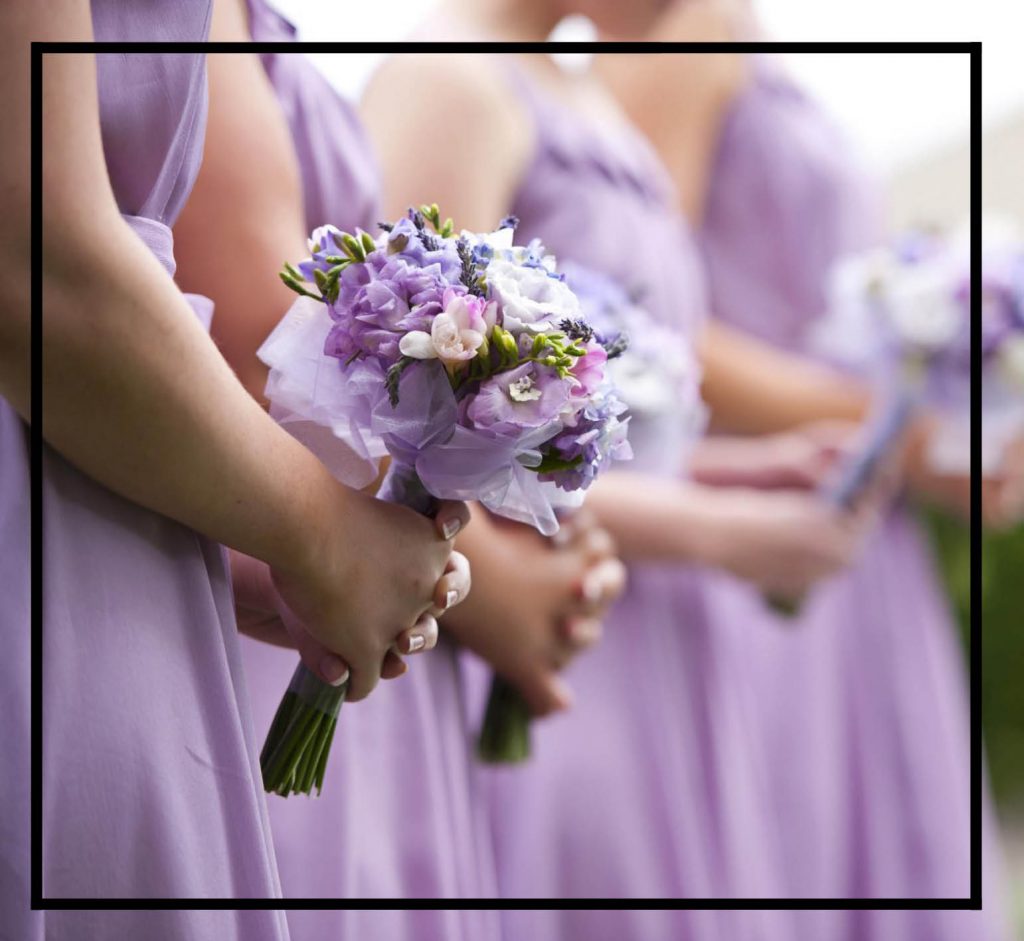
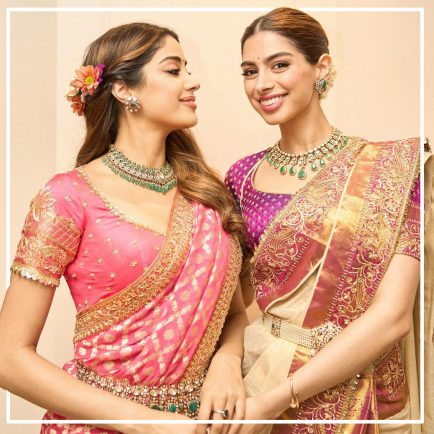

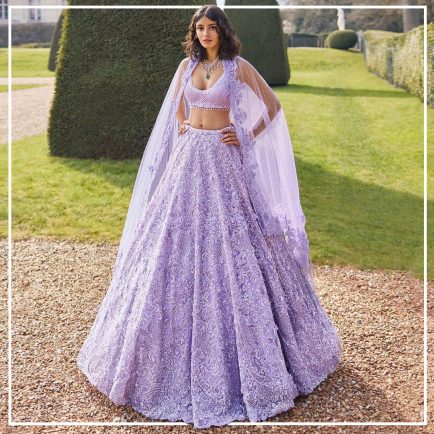


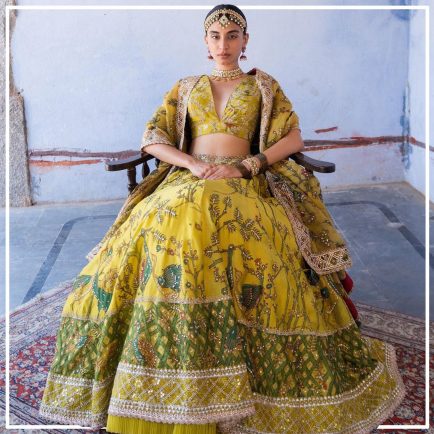
Comments